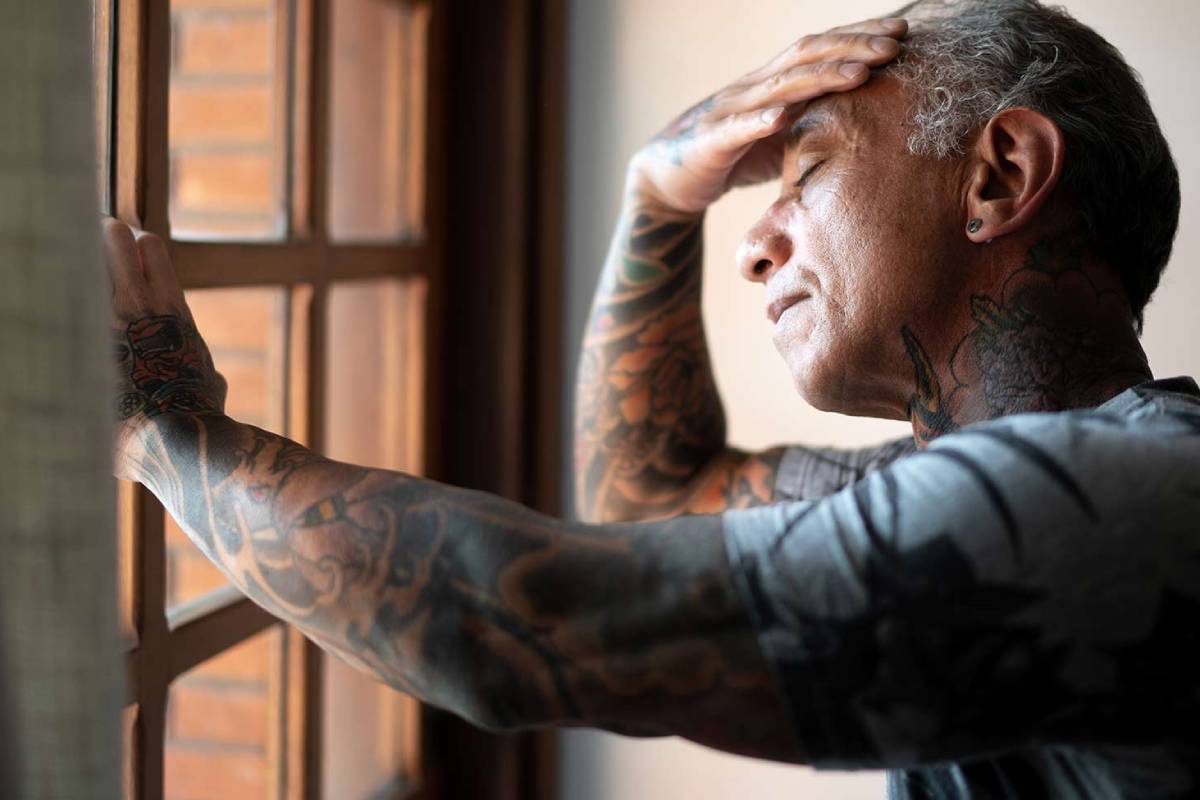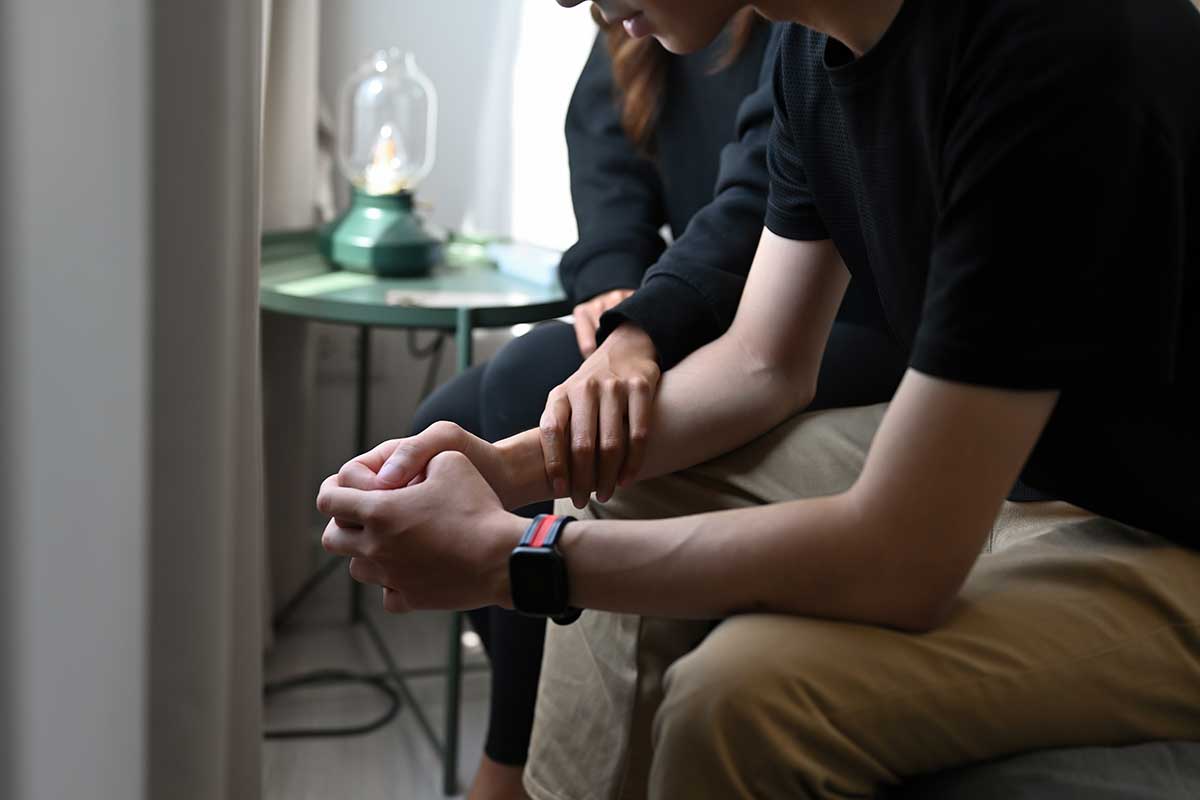Intimate partner violence (IPV), also called domestic violence, is generally described as abuse within the context of an intimate partner relationship, where one partner asserts power and control over the other.
IPV is often thought of as physical violence, yet other types of abuse can be equally harmful to victims. Learn more about the different types of abuse used to harm or control intimate partners:
IPV is Physical Violence and Psychological Abuse
IPV is common. It affects millions of people in the United States each year. For example:
- About 41% of women and 26% of men have experienced contact sexual violence, physical violence, and/or stalking by an intimate partner during their lifetime and reported some form of IPV-related impact, according to the CDC.
- Over 61 million women and 53 million men have experienced psychological aggression by an intimate partner in their lifetime.
- 44% of lesbian women and 61% of bisexual women have experienced physical violence, rape, and/or stalking by an intimate partner, according to the Human Rights Campaign
- 27% of gay men have experienced IPV in their lifetimes.
Physical violence is when a person hurts or tries to hurt a partner by hitting, kicking, or using another type of physical force.
Psychological aggression is the use of verbal and non-verbal communication to harm another person mentally or emotionally and/or exert control over another person.
IPV is Coercion and Controlling Behaviors
Intimate partner violence is a pattern of behavior used to gain or maintain power and control. Abusers use numerous tactics of abuse to maintain control and instill fear.
Physical and sexual violence can be part of this pattern of abuse and may reinforce other controlling behavior.
Types of controlling behavior can include the abusive partner:
- Insisting on knowing the partner’s location at all times
- Being angry if their partner speaks to someone else
- Being suspicious of infidelity
- Attempting to keep the partner from seeing friends
- Ignoring or treating the partner indifferently
- Restricting contact with her family
- Expecting the partner to ask permission before seeking health care
IPV is Sexual Abuse and Rape
33% of sexual violence is committed by a current or former spouse, boyfriend, or girlfriend, according to data from RAINN.
This violence can have a devastating long-term impact on victims. 81% of women who experienced rape, stalking, or physical violence from an intimate partner reported injuries or symptoms of PTSD. 33% of men who survived abuse report the same impacts.
Intimate partner sexual assaults often incorporate hurtful dimensions of degradation and humiliation. These sexual acts include:
- Unwanted, nonconsensual, or coerced sex acts
- Forced or denial of contraception and abortion
- Sex after childbirth or during illness
- Unwanted intercourse during menstruation
- Sex during sleep
- Sexual humiliation and degradation
- Sexually proprietary behaviors (jealousy, nagging about sex, and accusations of infidelity)
- “Make-up” sex following physical assault or perceived infidelity
- Virginity and vaginal inspections
- Commercial sexual exploitation of partners
- Infibulation and other mutilation
- Sex through trick, fraud, or misrepresentation
- Sexual abuse by proxy or viewing/acting out pornography
- Exposure of children to sexual acts
- Economic support conditioned on sex
- Nonconsensual sex with 3rd parties, animals, or objects
IPV is Reproductive Coercion
Reproductive coercion, violence against a partner’s reproductive health or decision-making, is an all-too-common form of abuse.
A 2023 survey of abuse survivors conducted by the National Domestic Violence Hotline found that 23% of respondents were pressured to become pregnant by a current or former partner. 13% said a current or former partner used or threatened violence while they were pregnant, and 63% were pressured or forced to have sex or other sexual activity when they did not want to.
By contrast, 42% of respondents who experienced reproductive coercion said they have never reached out for support.
Reproductive coercion takes different forms, including:
- Demanding unprotected sex
- Sabotaging birth control
- Forcing their partner to have an abortion, or preventing them from getting one
- Anything from intimidation to rape
Pregnancy can be a dangerous time for people in abusive relationships, and abuse often begins or escalates during pregnancy.
IPV is Stalking
Observers often discount stalking because it may not include immediate physical assaults against victims, yet 1 in 6 women and 1 in 19 men in the US have been the victim of stalking in which they feared that they or a loved one would be harmed or killed.
Two out of three female stalking victims were stalked by a current or former intimate partner. For men, 41% of victims were stalked by a partner.
Stalking behaviors convey an implicit threat of violence and harm to victims that third parties may not identify as stalking or perceive the potential violence to victims posed by stalkers.
The most common stalking tactic both male and female victims experience is unwanted phone calls, voice, or text messages.
In addition to receiving unwanted phone calls, stalking victims experienced high levels of other unwanted behaviors, such as:
- Being approached
- Being followed or watched
- Receiving unwanted texts, photos, and emails via social media
Three-quarters of women reported receiving unwanted phone calls, including voice or text messages or hang-ups. More than half were approached, followed, or watched.
Like abuse in general, not all stalking victims report their stalking to authorities. Women IPV stalking victims are at elevated risk for severe violence.
IPV is Economic Abuse
Virtually all perpetrators of IPV impose various tactics of economic abuse on their partners. Economic abuse by an intimate partner includes controlling a victim’s ability to acquire, use, manage, maintain, and dispose of economic resources.
27% of people in abusive relationships report experiencing financial abuse, according to a survey done by the National Domestic Violence Hotline.
Tactics of economic abuse include, but are not limited to:
- Prevention and disruption of education or employment
- Interference with transportation
- Failure to provide childcare
- Compromise of housing
- Deprivation of food and medicine
- Interruption of sleep
- Destruction of work clothes and/or job-related manuals
- Disposal of assets
- Theft of income
- Denial of library or internet access
- Commercial sexual exploitation
- Limitation of communications with economic support networks
Women victims of IPV often suffer significant material deprivation as a consequence of economic abuse. Many low-income victims seeking domestic violence services report that abusive partners caused the material hardships they faced.
This is not a low-income issue, however. Economic abuse can also affect victims in higher-income families. Perpetrators can limit victim access to assets, e.g., by refusing to include victims as co-owners of real estate, vehicles, or businesses, by denying access to cash, checking accounts, savings or investments, by confiscating victim earnings, by depriving access to insurance, by creating debt, or by theft or conversion of assets.
Without assets, victims cannot achieve financial stability or escape from their abusers or poverty.
IPV is Isolation
Isolation is a common element of IPV, and abusive partners often intentionally separate their significant others from the people who care about them. Isolation can include a range of behaviors, such as confinement, prohibition against social connections/support, interruption of employment/education, surveillance, and restriction of access to resources.
Isolating victims may not rise to a criminal level except in kidnapping, hostage-taking, or false imprisonment. As a result, it is not often identified or charged by law enforcement.
What to Do if You’re in Danger of IPV
Domestic violence, or intimate partner violence, is very common. You are not alone, and there is no reason to be ashamed.
1 in 3 female murder victims and roughly 1 in 17 male murder victims are killed by an intimate partner. If you are experiencing IPV, please get help immediately.
If you or someone you know is in danger of IPV, call 911 immediately, or call the National Domestic Violence Hotline: 1-800-799-7233.
This post was originally published in 2021 and has been updated for 2025 using the most recent data, reports, studies, and statistics available.



